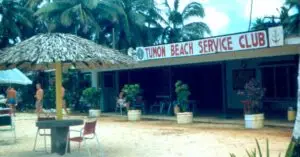
The Fight to Keep Tumon Public
Tumon Bay has a lengthy history and special significance for the CHamoru people whose ancestors lived and thrived in Tomhom (Tumon) area for millennia, establishing

Tumon Bay has a lengthy history and special significance for the CHamoru people whose ancestors lived and thrived in Tomhom (Tumon) area for millennia, establishing
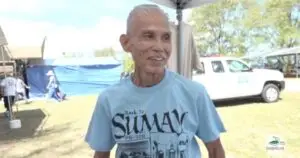
Photos from the Back to Sumai event by Edward B. San Nicolas, US Navy Base Guam’s Joint Region Marianas Public Affairs Office, and Guampedia.
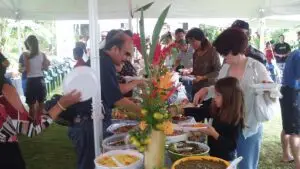
View list of the fiestas by month or download the Catholic Church’s fiesta calendar.
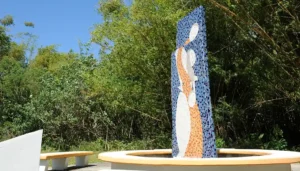
Yona derives its name from the CHamoru word iyo-ña, meaning to possess something material, personal or spiritual. One of the village’s longtime landowners, Santiago Leon
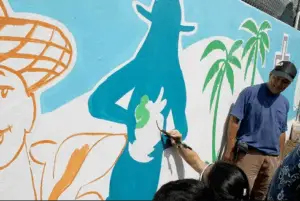
The meaning of “Yigo” is unclear. According to some, it comes from the Spanish word yugo which means yoke (the type used to secure a
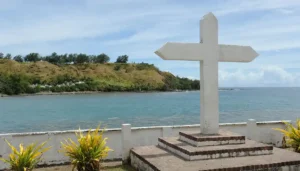
The village derives its name from the word uma, which means to carry something on the back or a heavy load on the shoulders.
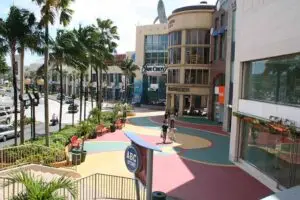
“Tamuning” is a Carolinian word which was given to the area where Carolinians settled beginning in 1849, after a typhoon devastated Lamotrek and Satawal. It
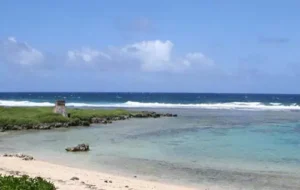
The village probably derives its name from the phrase “entalo’ i fe’fo’,” which means between the cliffs. It’s possible that the name is derived from
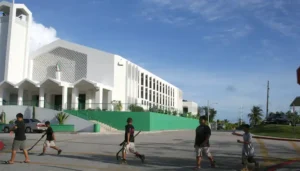
It is said that wild yams grew plentiful in the lands nestled above the capital village of Hagåtña. These yams were harvested and cooked in
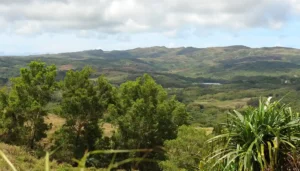
Sånta Rita-Sumai is one of two villages that does not have a name derived from the CHamoru language. The other is Tamuning, a Carolinian word